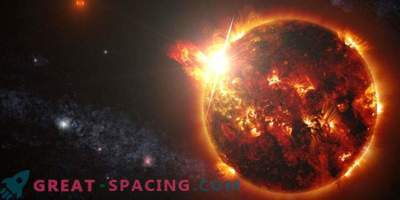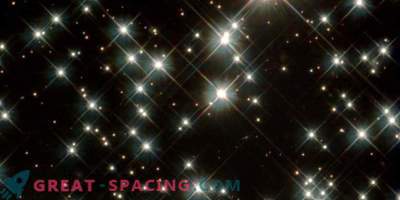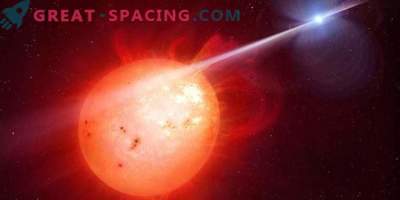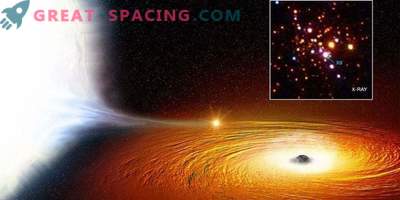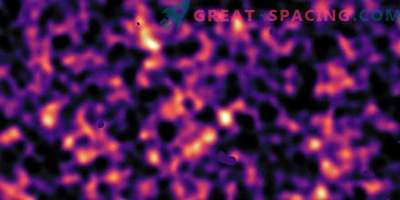
Artistic vision of a white dwarf GALEXJ014636.8 + 323615 (white) and its ultra-hot circumstellar magnetosphere (purple) trapped by a magnetic field (green)
Investigating a 10-year secret, a team of astronomers discovered an extremely hot magnetosphere around a white dwarf. White dwarfs - the final stage of the life of stars of the solar type. At the end of their existence, they eject the outer layers of the atmosphere, leaving behind a hot, compact and dense core that cools down over billions of years. The surface temperature usually reaches 100,000 ° C (the surface of the Sun is 5,500 ° C).
Some white dwarfs are becoming a real challenge for scientists, as they show evidence of highly ionized metals. In astronomy, metals describe any element heavier than helium, and high ionization means that all but one of the outer electrons have retired. This process requires a temperature of a million degrees Celsius, which is much higher than the surface of white dwarfs.
Scientists used a 3.5-meter telescope at the Calar Alto Observatory (Spain) and discovered a white dwarf in the constellation of the Triangle, named GALEXJ014636.8 + 323615. Lives at a distance of 1200 light-years from the Sun. By analyzing the light from the white dwarf using spectroscopy (the light is scattered on composite colors), it is possible to isolate the signatures of high-inionized metals. All this changed within 6 hours - the period of rotation of the white dwarf. Researchers believe that the magnetic field around the stars is the material of the trap magnetosphere, flowing from its surface. The impact in the magnetosphere strongly heats the material, removing almost all electrons from the metal atoms.
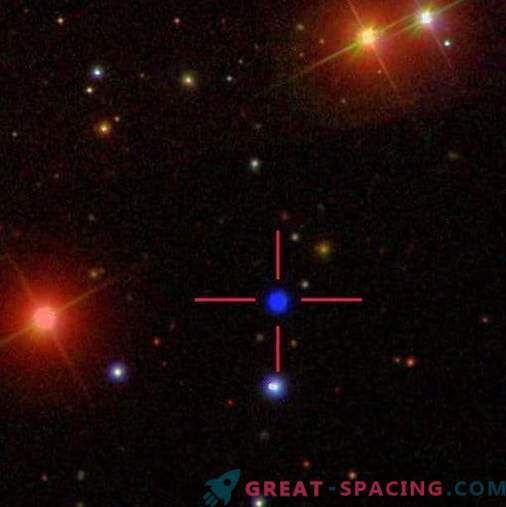
Color image of white dwarf GALEXJ014636.8 + 323615 from SDSS
It looks like a donut made of ultra-hot material surrounding a red-hot star. The axis of the magnetic field of the white dwarf is deflected from the axis of rotation. That is, the amount of material released by impact changes as the star rotates. It is still a mystery where these highly ionized metals come from.
Magnetospheres are also found around other stellar classes, but this is the first report on the presence of one near a white dwarf. This discovery has important implications. After all, the possibility of having a magnetosphere near white dwarfs was not considered before. It is possible that a quarter of such objects pass through the stage of capture and superheating of the material. Now researchers plan to model and expand the analysis, studying more and more white dwarfs.

